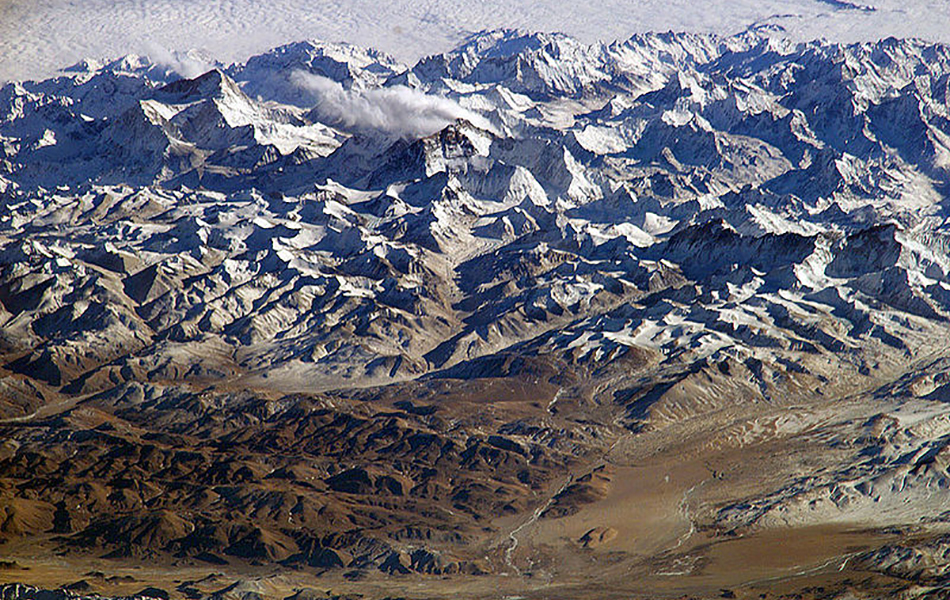Mountains tend to have more species than valleys, and new research provides support for the theory that mountain formation itself might be responsible.
Yaowu Ying and Richard Ree from The Field Museum in Chicago compared regional rates of plant colonisation and speciation in the Qinghai-Tibetan plateau, a high-altitude biodiversity hotspot. Within the QTP, the Hengduan mountain region is the most biodiverse, harbouring an astonishing 12,000 species in just 500,000 km2. The authors used published datasets to compare the spread of over 4,500 plant species across Hengduan, the Central Asian Mountains and the Himalayas.
The first of these species were recorded in the QTP around 60 million years ago, after which the number of species increased relatively constantly as plants colonised from nearby habitats. But around 8 million years ago, the rate of species accumulation in Hengduan spiked, with a sudden influx of newly evolved species. This sudden increase coincided with the major tectonic activity that created the Hengduan mountains.
This spike was not seen in the plant life of the surrounding mountains and deserts, which had experienced geological uplift much earlier, around 40 million years ago. The Central Asian Mountains and Himalayas instead continued to show a relatively constant increase in species, dominated by colonisation.
This study provides strong support for the idea that tectonic activity driving the uplift of the Hengduan mountains was responsible for an explosion of new plant species, as they adapted to changing conditions with increasing altitude. Uplift may explain why many mountains are so rich in plant life.
Want to know more?
- Uplift-driven diversification in the Hengduan Mountains, a temperate biodiversity hotspot. Yaowu Xing, Richard H. Ree. PNAS.
Featured image by NASA is in the public domain.




